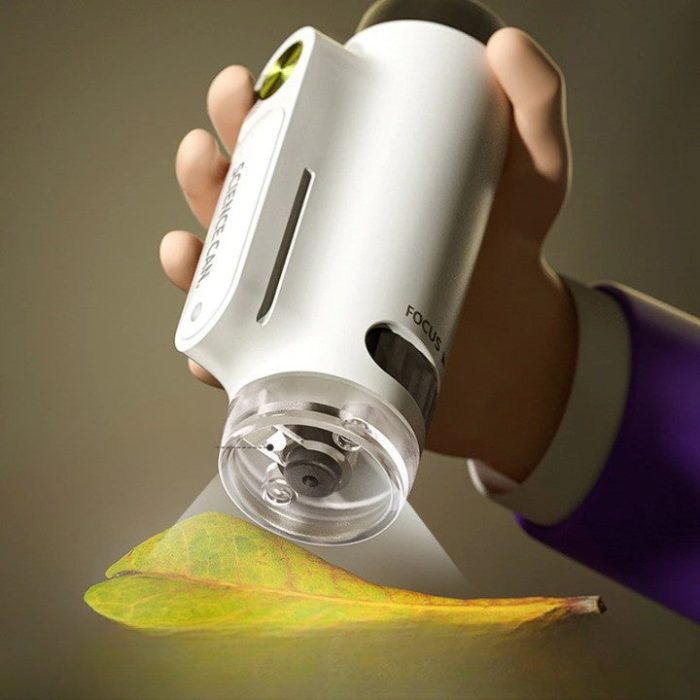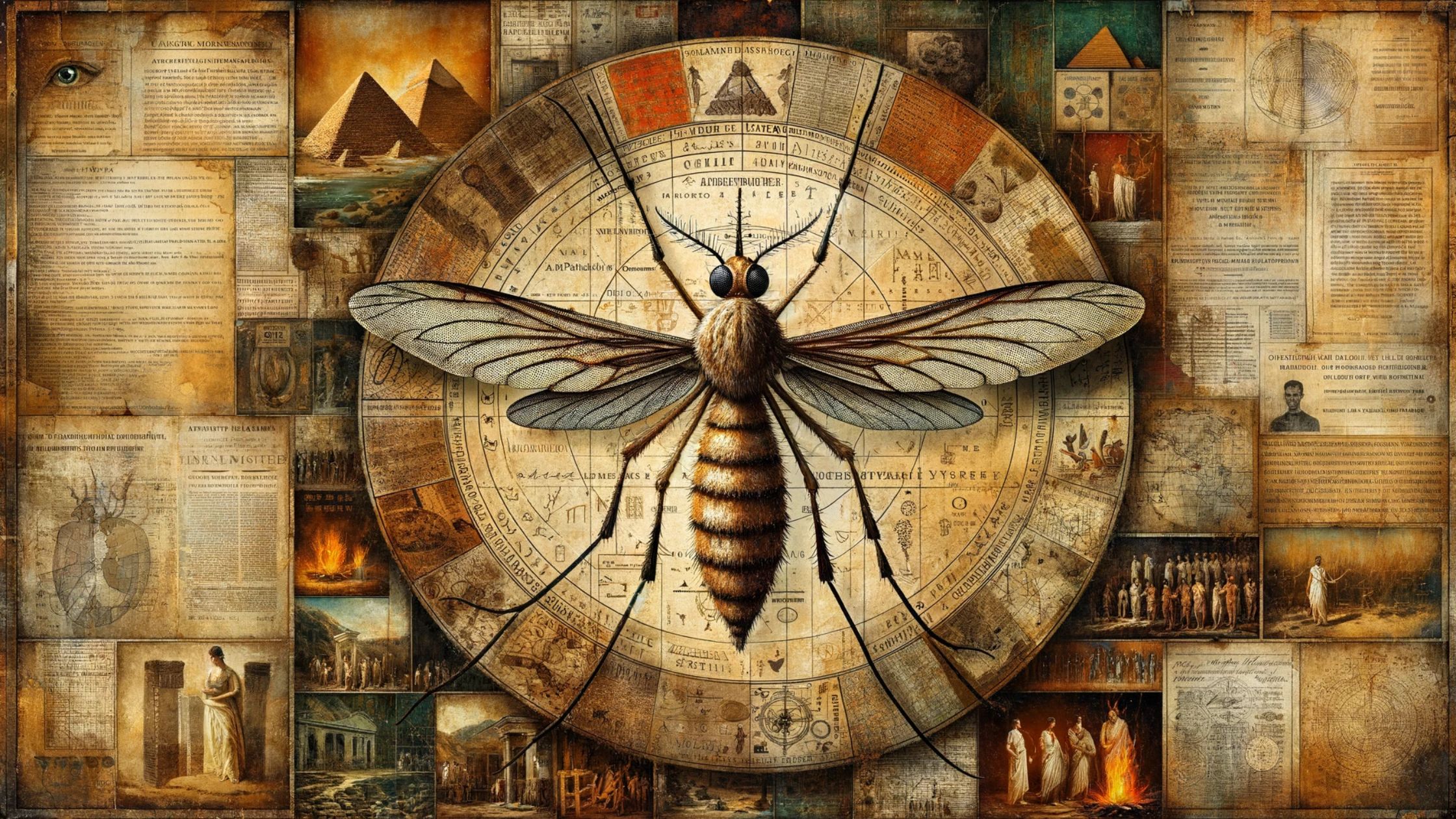Mosquitoes, the tiny insects responsible for spreading diseases like malaria and Zika fever, have been a menace to humanity for centuries. However, recent discoveries have shed light on their evolutionary history, thanks to the unearthing of ancient fossils. These extraordinary findings have provided scientists with valuable insights into the development of mosquitoes and their blood-feeding behavior. In this article, we delve into the fascinating world of these ancient bloodsuckers and explore the surprising secrets they hold.
Key Points Reworked:
Ancient Male Mosquitoes with Female-Like Mouthparts:
Researchers have unearthed the oldest-known mosquito fossils, dating back 130 million years.
Surprisingly, these fossils belonged to male mosquitoes with elongated mouthparts similar to those found in females.
This discovery challenges previous assumptions about the exclusive blood-feeding nature of female mosquitoes.
Evolutionary Clues from Amber-Preserved Mosquitoes:
The fossilized mosquitoes were found trapped in amber near Hammana, Lebanon.
Their well-preserved anatomy revealed sharp, triangle-shaped jaws and tooth-like structures.
Scientists speculate that mosquitoes evolved from non-blood-consuming insects and initially used their mouthparts to extract nutritious fluids from plants.

This versatile and practical cleaning tool set is a must-have for any tech enthusiast or professional. With 20 essential tools packed into one convenient package, it offers a comprehensive solution for all your tech cleaning needs.
Buy here: 400x Adjustable Expert View Microscope Universal Phone Lens
Additional Points:
Plant Evolution and Feeding Differences:
The expansion of flowering plants during the same era may have influenced the feeding habits of mosquitoes.
Male and female mosquitoes likely shared a bloodsucking behavior during their early evolution.
Over time, males lost their ability to feed on blood, resulting in the distinct feeding pattern seen today.
Ancient Origins and Extensive Species:
While these fossils are the oldest evidence of mosquitoes, molecular studies suggest they appeared even earlier, around 200 to 145 million years ago.
Mosquitoes are a diverse group, with over 3,500 known species worldwide, excluding Antarctica.
Several species are notorious for transmitting diseases such as malaria, yellow fever, dengue, and Zika fever.
New Insights or Angles:
The discovery of male mosquitoes with female-like mouthparts challenges traditional notions of sexual dimorphism in blood-feeding insects.
The role of plant evolution in shaping mosquito feeding behaviors provides a unique perspective on the interplay between organisms and their environment.
The ancient fossils of male mosquitoes with female-like mouthparts have unlocked significant insights into the evolutionary history of these disease-carrying insects. By examining these well-preserved specimens, researchers have pieced together a narrative of how mosquitoes may have transitioned from plant feeders to bloodsuckers. This newfound knowledge not only deepens our understanding of mosquito biology but also highlights the intricate connection between organisms and their ever-changing ecosystems. As scientists continue to explore the secrets hidden within ancient amber, we inch closer to unraveling the mysteries of our planet’s past.







